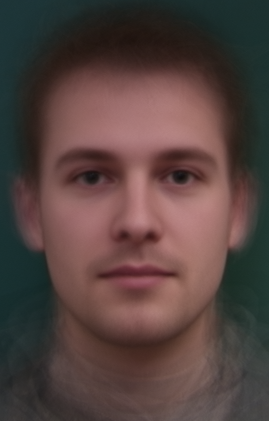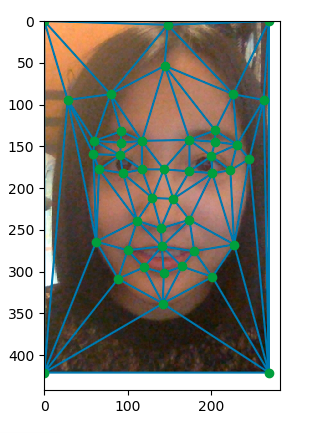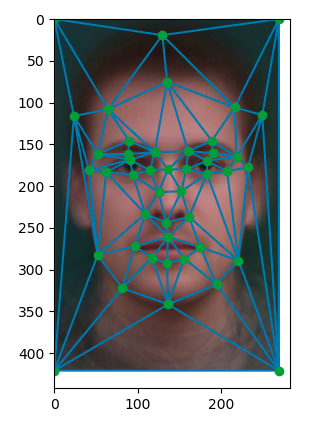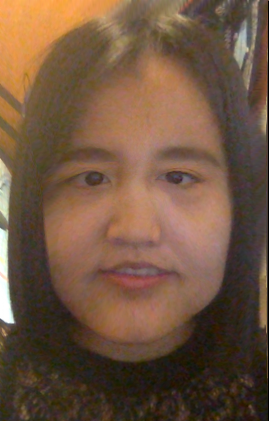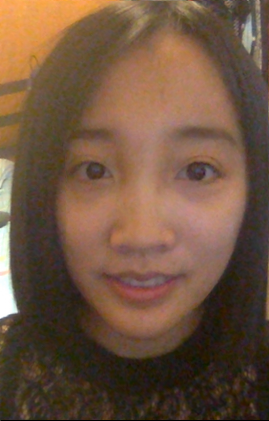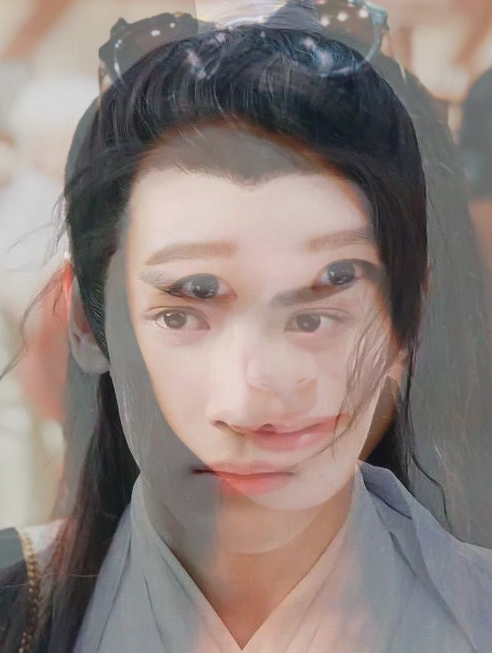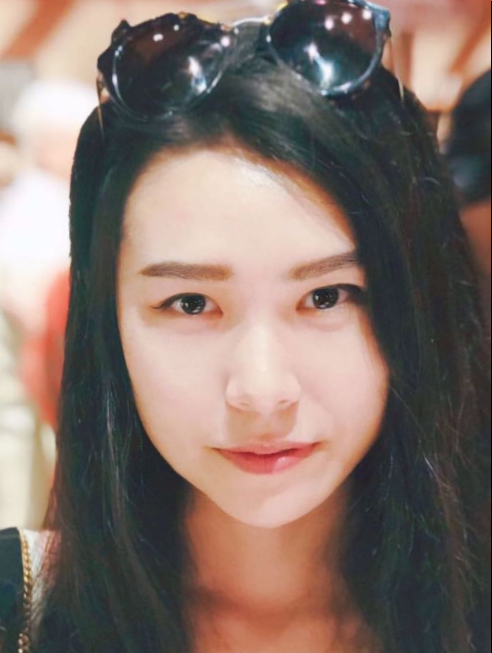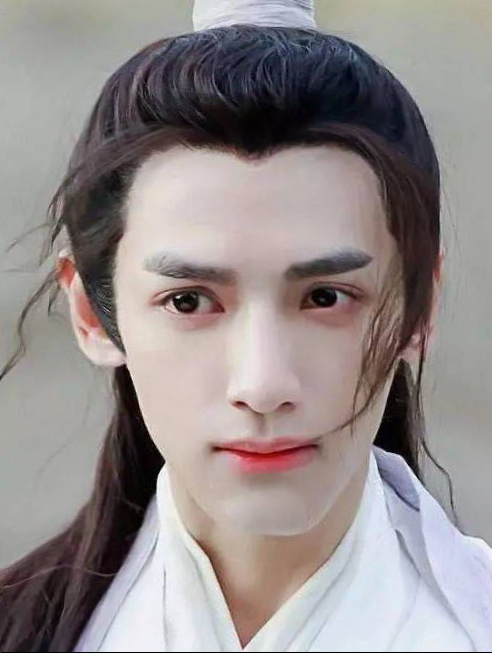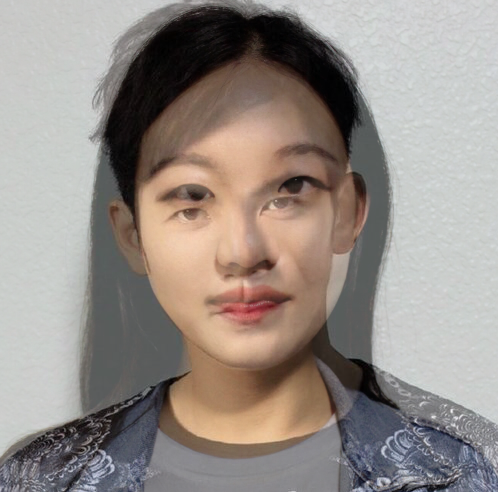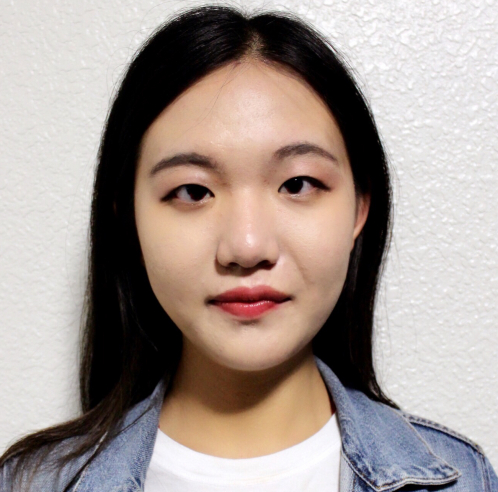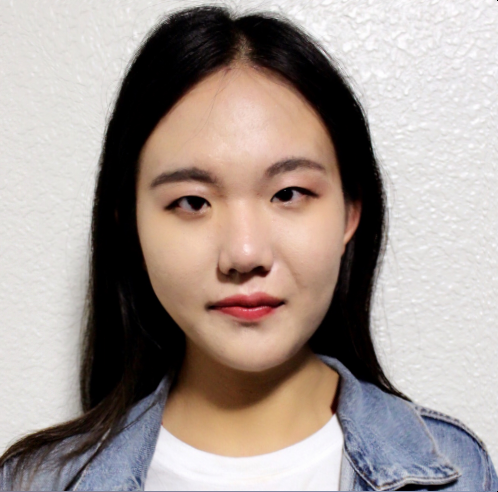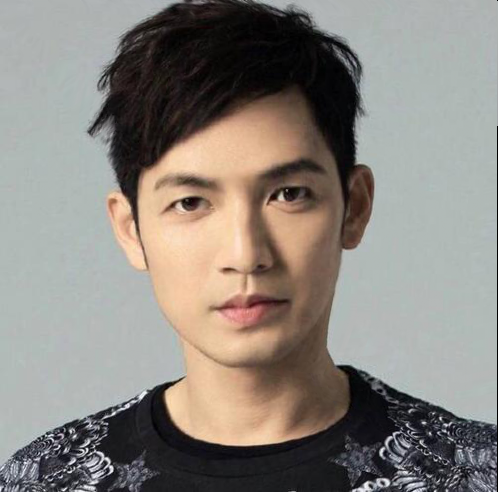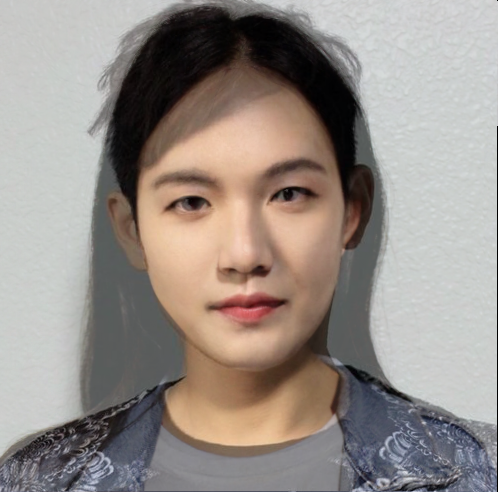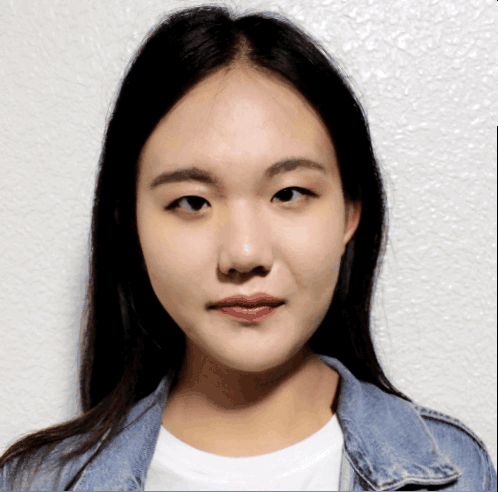Jingxi Huang cs194-26-aap
Overview
The goal of the project is to produce a morph animation between different faces, computing the mean of a population faces and extrapolate from the population mean to create a caricature of myself. A morph is a simultaneous warp of the image shape and a cross-dissolve of the image colors. By defining a correspondence between the two pictures, we can map from eyes to eyes, mouth to mouth, chin to chin, ears to ears. To get the smoothest transformation, we need to use affine transformation to warp the two pictures to their average shape and then use cross-dissolve of the image colors to get the smoothest transformation.
Part 1: Defining Correspondence
First, I need to define pairs of corresponding points on the two images by hand. In the example below, I created the corresponding points by manually selecting the head shape, the face shape, eyes, eyebrow, nose, mouth, chin and neck with 44 points. After that, I created the Delaunay triangulation with those points for each image and also the triangulation at midway shape to lessen potential triangle deformations.
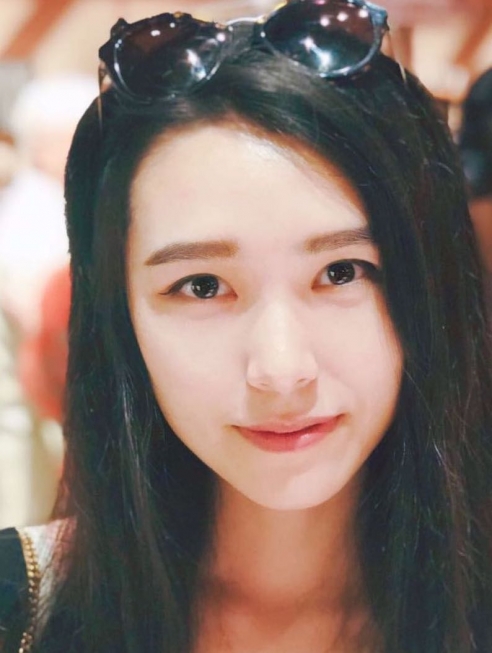
|

|
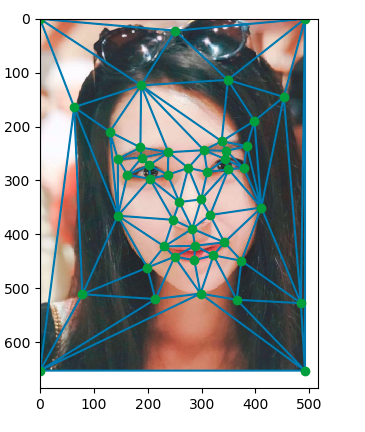
|

|

|
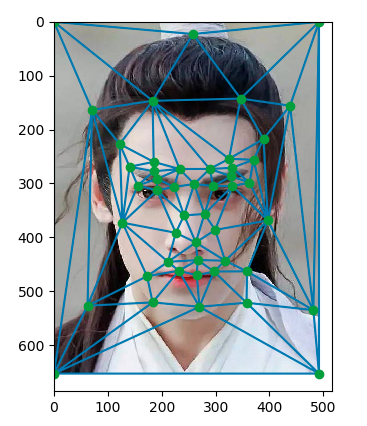
|
Part 2: Computing the "Mid-way Face"
Before computing the morph sequence, I computed the mid-way face of the two images. First, I compute the average shape of the image, which is calculated by taking the average of each key point location in the two faces. After that, I warped both faces into that shape and average the color of the two images together to get the mid-way face. During the warping process, I computed the affine transformation matrices for each triangle and applied the transformation to transform each pixel of the original image to the average shape.
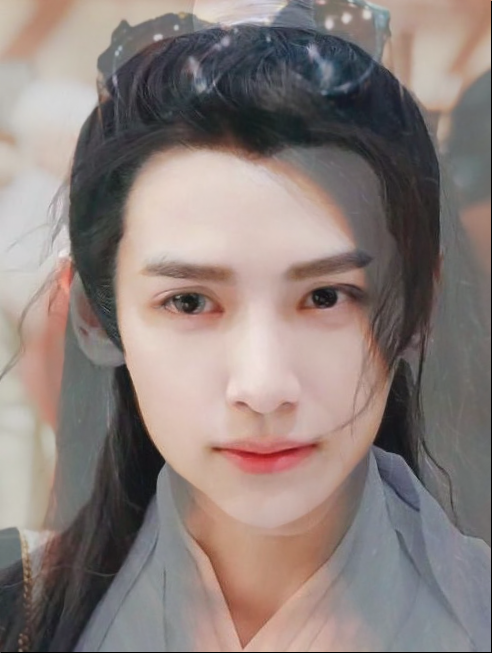
|
Part 3: The Morph Sequence
To produce the morph sequence, I use two parameters warp_frac and dissolve_frac to control shape warping and cross-dissolve, respectively. During the 50 frames, both warp_frac and dissolve_frac increased from 0 to 1 with an interval of 0.02. In this way, instead of computing the mid-way face, we can gradually see the transformation form one image to the other.
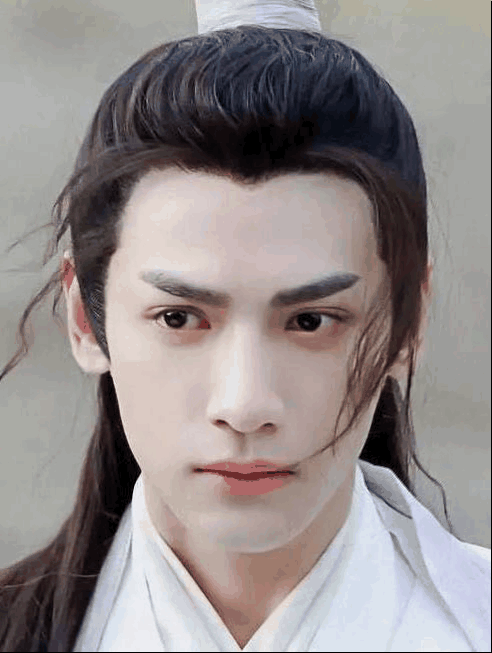
|

|

|
Part 4: The "Mean face" of a population
4.1 The mean face of population
The mean face of population is calculated by first warping all images to the average shape and then finding the average of all of the warped face. In the example below, I chose the Danes dataset and compute the average of all the males facing to the front in the dataset. We can also see example of three different man being warped to the average face shape.

|
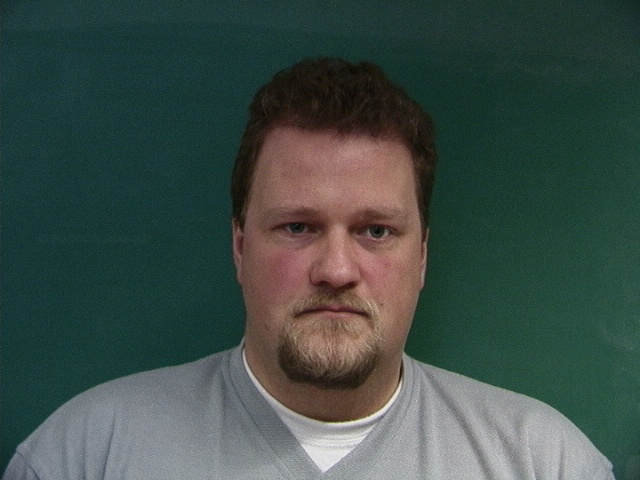
|
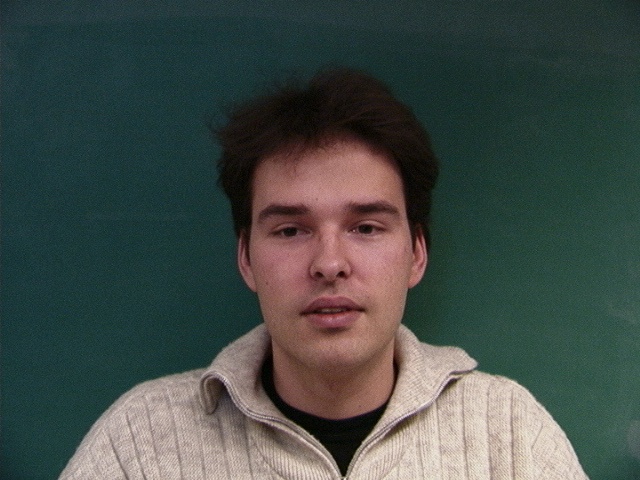
|
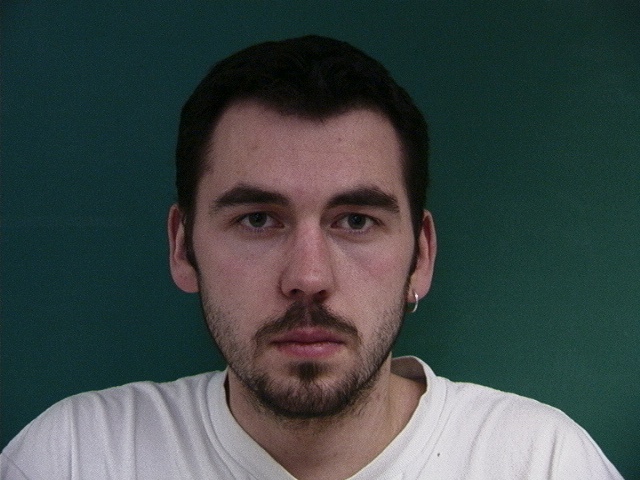
|

|
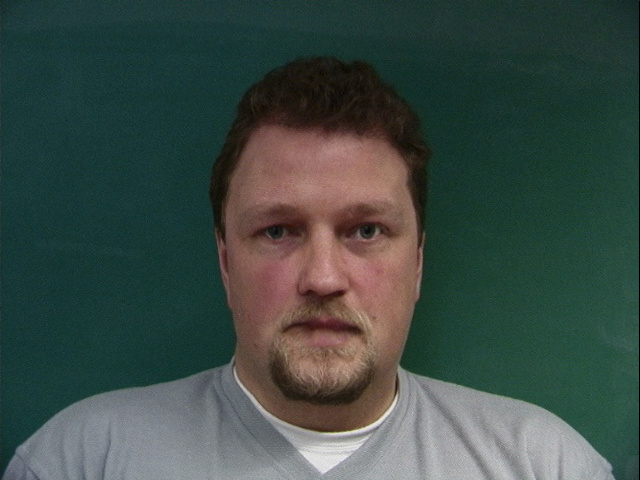
|
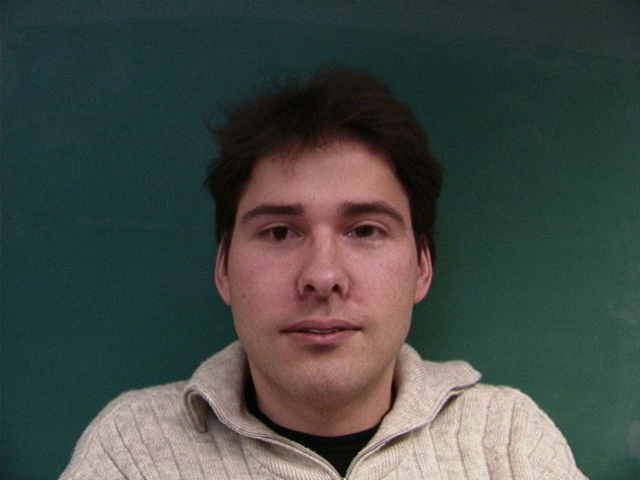
|
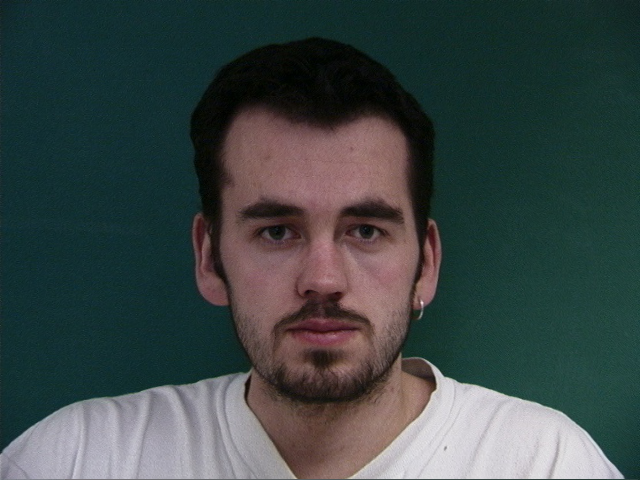
|

